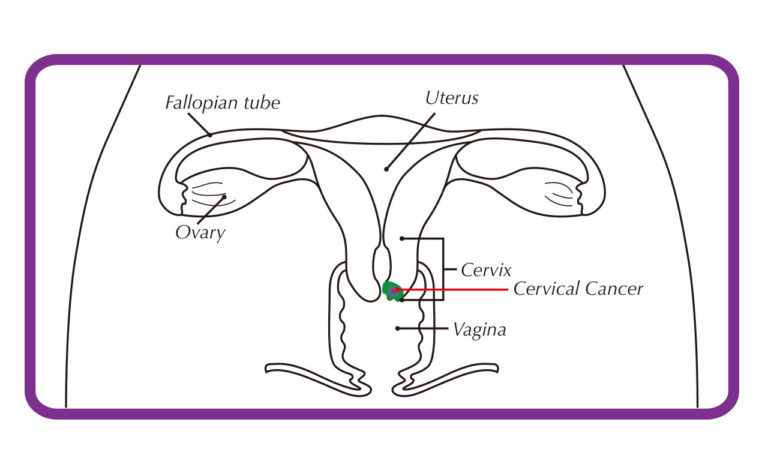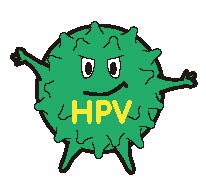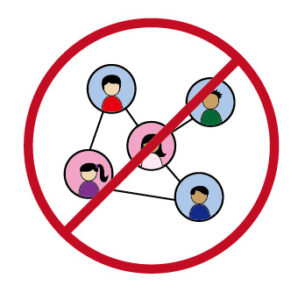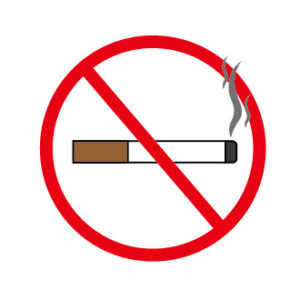
Cervical cancer develops as a result of abnormal cell changes at the cervix.
- Statistics
- Signs and symptoms
- Risk factors
- Preventive measures
- Booklets and resources
Hong Kong
Incidence rate: 8.4 per 100,000 populations, in females
Mortality rate: 1.9 per 100,000 populations in females
(Hong Kong Cancer Registry, 2020)
Pakistan
Incidence rate: 6.1 per 100,000 populations in females
Mortality rate: 4.0 per 100,000 populations in females
(IARC, 2021)
Nepal
Incidence rate: 16.4 per 100,000 populations in females
Mortality rate: 11.1 per 100,000 populations in females
(IARC, 2021)
India
Incidence rate: 18.0 per 100,000 populations, in females
Mortality rate: 11.4 per 100,000 populations, in females
(IARC, 2021)
There may not be any symptoms at an early stage
- Bleeding between regular menstrual cycle
- Abnormal bleeding such as after sexual intercourse or pelvic examination
- Menstrual period that lasts longer than usual
- Heavy menstrual bleeding
- Vaginal discharge with foul smell
- Pain during sexual intercourse
- Pelvic pain
Having multiple sexual partners

Weakened immunity

Human papillomavirus HPV (major cause of cervical cancer)

Use of oral contraceptive for more than 5 years (the risk returns to normal after 10 years of stopping use)

Smoking

Multiple childbirth and young age at first pregnancy

Having sexual intercourse at an early age
Practice safer sex: avoid having multiple sex partners and use condoms


Stop smoking

Get HPV vaccination before getting sexually active because vaccination provides protection against certain types of HPV.

Early detection: regular cervical cancer screening
